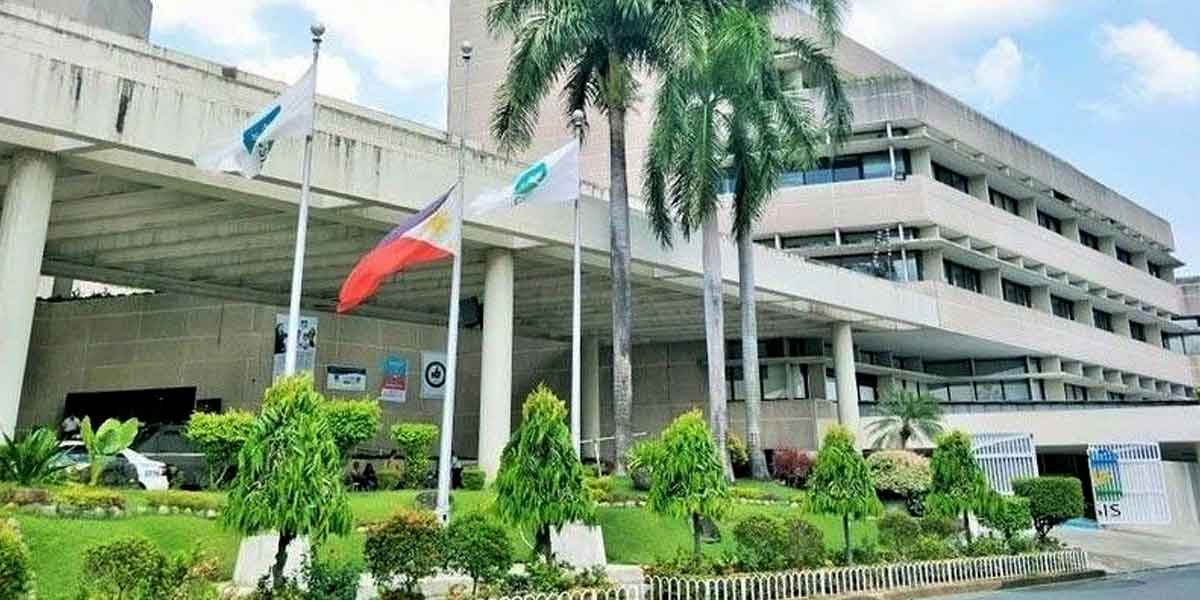By Herbert Vego
THERE was a time when I wrote of the annual Dinagyang Festival as a “religious-historical distortion”. While I meant no offense against the Roman Catholic Church, it offended some readers who consider Dinagyang as a form of devotion to the Santo Niño. In fairness to them, let me recall its history.
The fact remains that the festival stands out as Iloilo City’s top tourist attraction that highlights “tribal wars” every fourth Sunday of January. In that context, the religious aspect is merely a take-off from its original presentation.
Not that I am anti-Catholic Church, but Dinagyang is primarily a cultural-tourism event that also gathers non-Catholic Christians, Muslims, Buddhists and Hindus, among others.
It is a cultural show showcasing street-dancing among competing Ati tribes with a happy ending – warriors throwing their spears away and raising the Santo Niño image while chanting, “Viva Señor Santo Niño!”
Thus, the Ati-ati competition centers on the alleged conversion of 13th century Aetas into Christianity has no historical basis.
The Aetas, however were never war freaks. On the contrary, they made peace with the anchoring 10 Bornean datus – Puti, Sumakwel, Paiburong, Bangkaya, Parohinog, Lubay, Dumangsil, Dumangsol, Dumalugdog and Balensuela — who had sailed on boats all the way from Borneo to Iloilo to escape the tyranny of Sultan Makatunaw.
They landed at the mouth of the Sirawagan River in what is now the town of San Joaquin in Iloilo, where they met with the local ruler, King Marikudo, and his wife Maniwantiwan.
Marikudo agreed to barter the lowland to them in exchange for a gold salakot (a native helmet) for Marikudo and a long gold sumangyad (necklace) for Maniwantiwan.
The natives of that 13th-century era could not have embraced Christianity; could not have chanted “Viva Señor Santo Nino!”. Why?
It’s because it was only in 1521 or around 300 years later that Portuguese sailor Ferdinand Magellan, representing the king of Spain, arrived in Cebu with an image of the Santo Niño, to which the inhabitants were hostile.
On the other hand, the supposed migration of the ten datus from Borneo to Panay island could have evolved merely from legend or word-of-mouth that ended up as a document known as the Maragtas, written by Pedro Monteclaro in mixed Hiligaynon and Kinaray-a in 1907. Its accuracy has never been validated.
The tale detailing the Aetas’ conversion to Christianity was not originally Dinagyang’s but a take-off from Kalibo’s Ati-Atihan. You see, the name of Aklan’s capital town is short for “isa ka libo” in remembrance of 1,000 native “Indios” who were herded by the Spanish friars to undergo mass baptism on the third Sunday of January 1569. The converts were 16th century Aklanons who might not have descended from Ati ancestors.
In fact, Dinagyang kicked off under the name “Ati-Atihan,” a copycat of Kalibo’s. It began in November 1967 in the vicinity of the San Jose Parish Church at Plaza Libertad, Iloilo City through the initiative of the parish priest, Fr. Ambrosio Galindez. His faithful parishioners danced on the streets, their bodies covered with soot and ashes, to simulate the Atis dancing while carrying images of the Santo Niño.
In 1977 when the country was already under martial law, President Ferdinand Marcos ordered the various regions of the Philippines to come up with festivals or celebrations that could boost tourism.
It was the late broadcaster Pacifico Sudario who won the competition to rename the Ilonggo festival. His entry was “Dinagyang,” which means “merry-making”. It was then that the parish handed over to the Iloilo City local government the responsibility of organizing the annual Iloilo Ati-Atihan.
Sudario, ironically, was not a Roman Catholic but a Jehovah’s Witness.





















